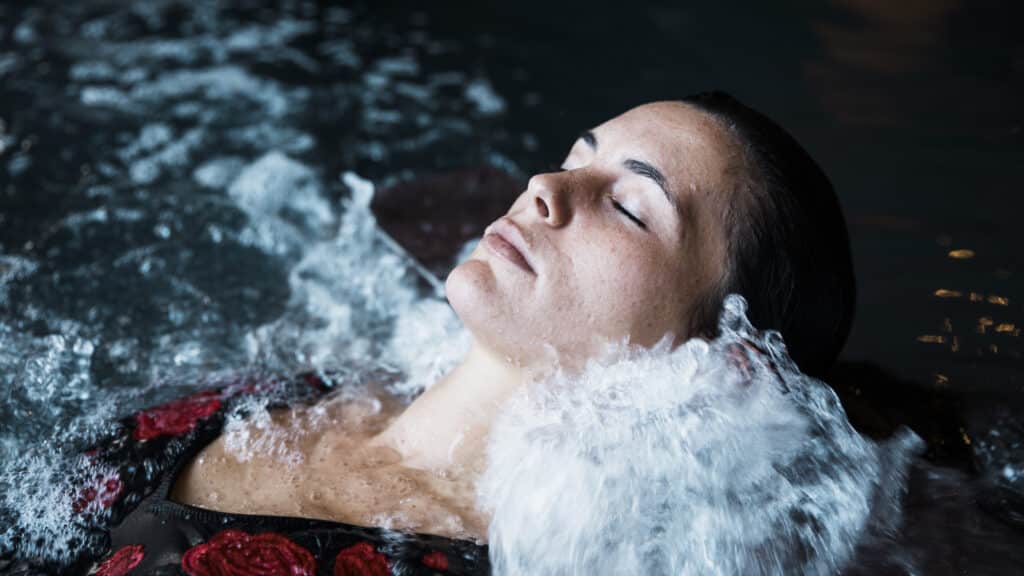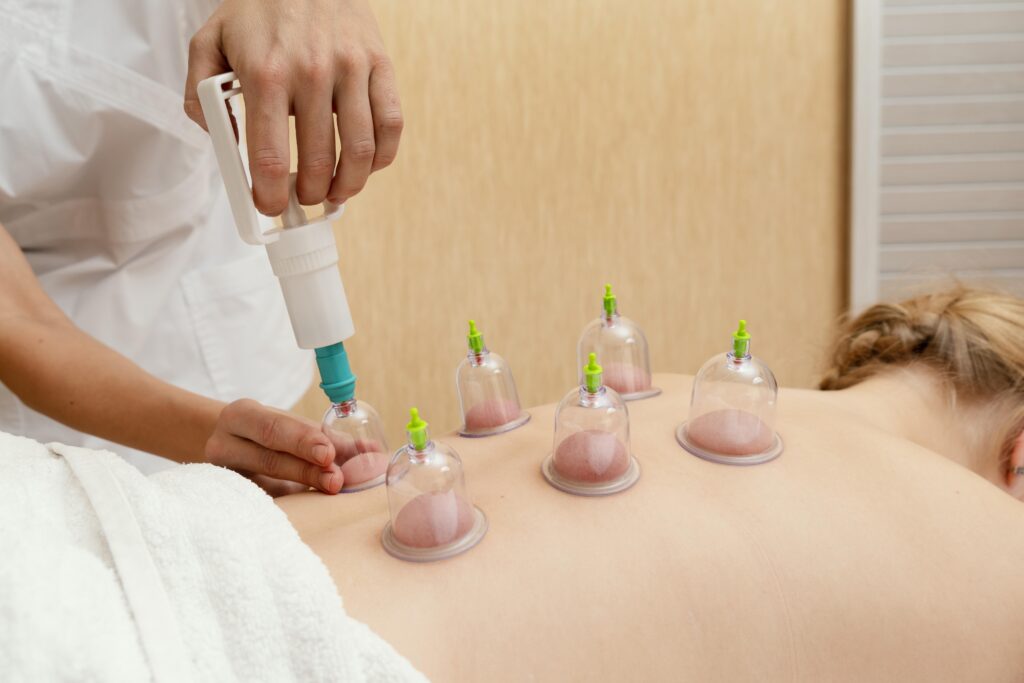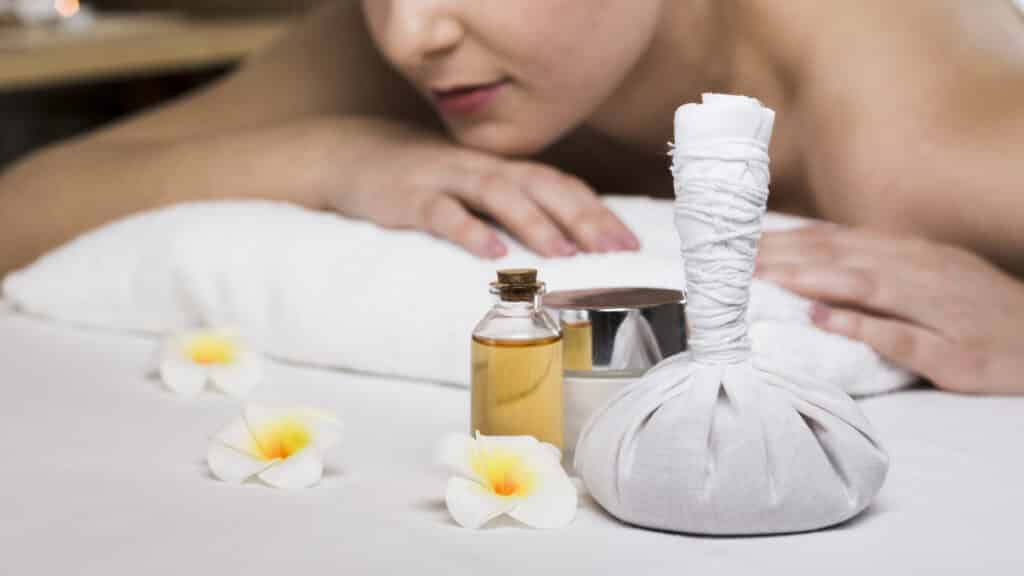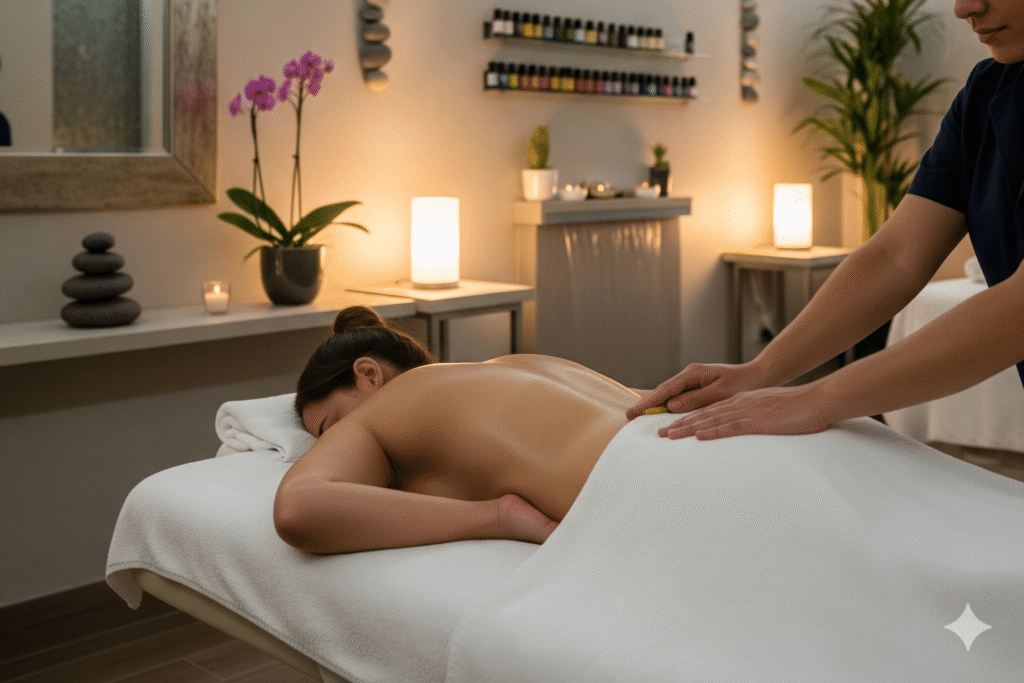Float therapy usually comes up after someone has already tried massage or bodywork and wants something different. People who look for an affordable professional massage in American Fork often hear about floating through word of mouth, not advertising. This post explains why float therapy keeps coming up in those conversations and what people tend to notice once they actually try it.

Stress Relief
Most people don’t realize how tense they are until they lie down in the tank. The water supports the body completely, so there’s nothing to hold up and nowhere to brace. That alone can feel like a relief. With the lights low and no outside noise, the body settles faster than expected. Stress doesn’t vanish, but it often feels quieter by the end of the session.
Enhanced Creativity
Some people walk out of a float session talking about ideas they didn’t expect to have. Others just feel mentally lighter. Being alone with your thoughts, without interruptions, gives the mind space it rarely gets. That pause can lead to new ideas or simply a clearer head. Either outcome feels useful once the session is over.
Pain Management
Floating takes pressure off joints and muscles in a way that’s hard to replicate on land. The body isn’t fighting gravity, which matters more than most people think. Areas that usually ache can relax without being worked directly. The calm environment also plays a role, since pain often feels different when the nervous system slows down.
Improved Sleep Quality
Sleep is a common reason people come back for another float. After a session, the body often feels looser and less restless. The mind isn’t spinning as much either. That combination makes it easier to fall asleep later without trying to force it. Many people notice they stay asleep longer on float days.
Mental Clarity
Floating strips away noise, literally and mentally. With nothing pulling attention in different directions, thoughts tend to settle on their own. Afterward, people often say they feel more focused or less scattered. It’s not about thinking harder. It’s about thinking less and letting the mind reset.
Muscle Recovery
Muscles respond well to floating because they finally get a break. The water carries the body’s weight, which allows tight areas to relax without effort. Circulation improves while the body is still, helping tired muscles feel less worked. For people who sit all day or stay active, this quiet recovery time can make a noticeable difference.
Related Topics:
- What to Wear to a Deep Tissue Massage: Tips for Comfort and Relaxation
- Key Things You Should Never Do After a Full Body Massage
The post The Surprising Benefits of Float Therapy You Should Know appeared first on Body Balance Massage and Float.
source https://bbmassageandfloat.com/the-surprising-benefits-of-float-therapy-you-should-know/?utm_source=rss&utm_medium=rss&utm_campaign=the-surprising-benefits-of-float-therapy-you-should-know





